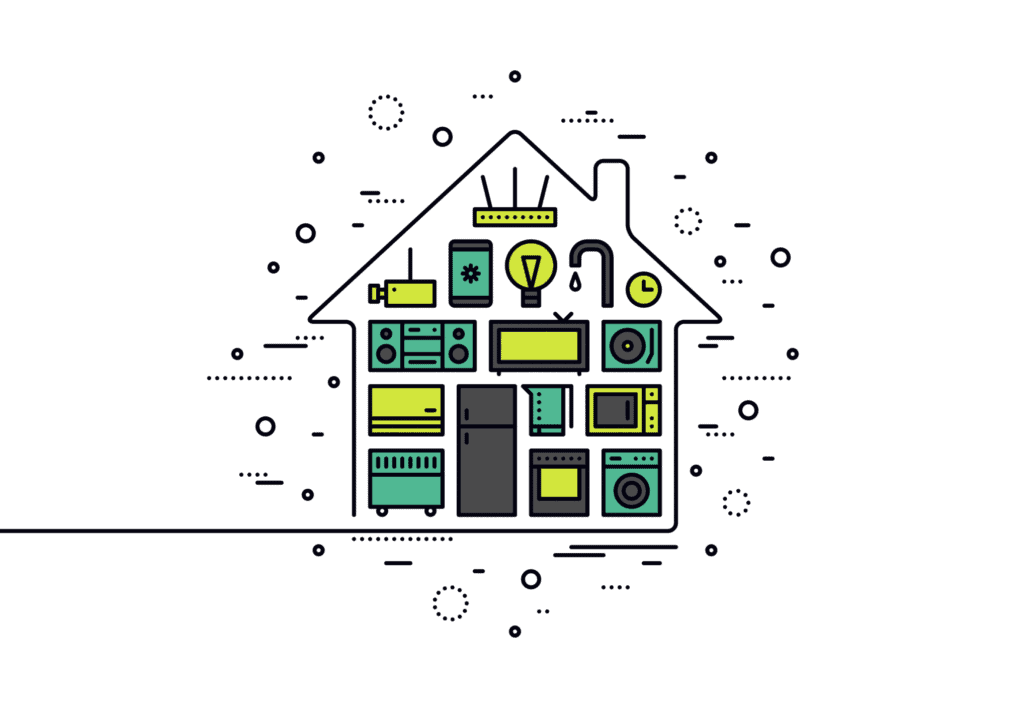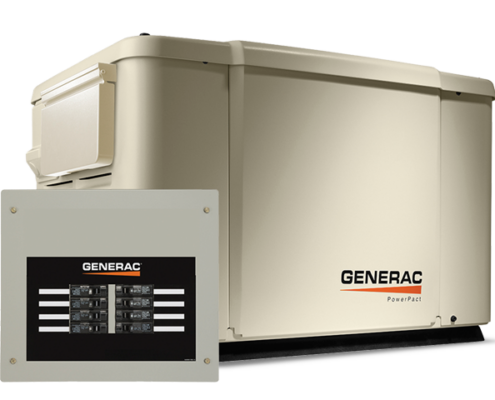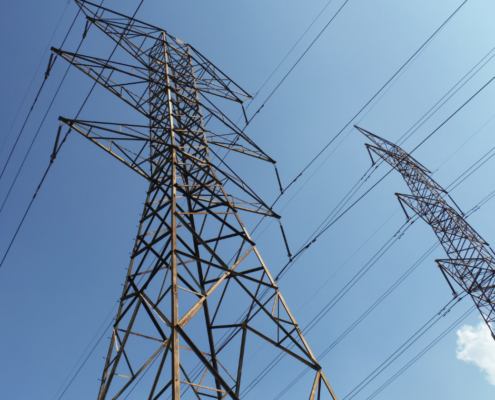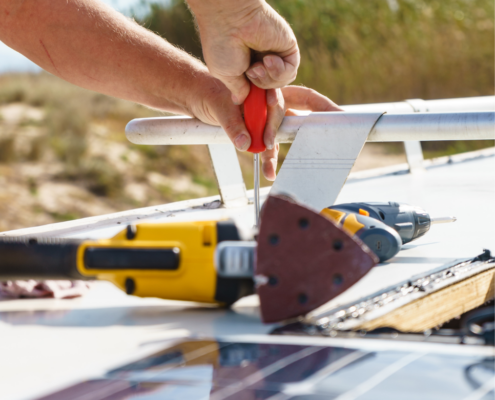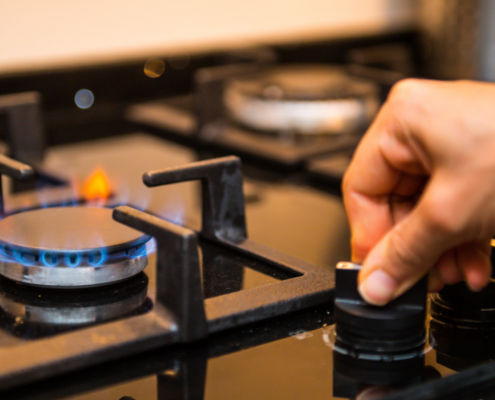Last Updated on May 22, 2022 by Mary Pressler
A Quick Home Energy Audit Can Save You Hundreds of Dollars
An home energy audit may sound like a complex project, but it’s not unless you’re dealing with a large commercial building or industrial facility. In most homes and apartments, a simple DIY energy audit can have excellent results and greatly reduce your electric bill.
Regardless of the type of home, there are two main goals when performing a home energy assessment:
- Finding where your home or apartment is wasting energy
- Identifying the most effective steps to save energy
A good checkup can help you save all types of energy in your home, not only electricity. For example, you may find ways to reduce the natural gas consumption of your furnace or boiler. An energy audit can also reveal maintenance issues that affect your home, not always related with energy consumption.
What to Know Before Performing a Home Energy Audit
Each home is unique, but space heating and air conditioning are often responsible for over 50% of the total energy consumption. Therefore, if you want to achieve the highest dollar savings, you should focus on making these systems more efficient. Water heating is also a considerable expense, which represents around 20% of energy consumption in some cases.
While a professional energy audit is more accurate, it will cost you anywhere from $250 – $500 depending on the size of your place. If you do it yourself, you will find many opportunities to save energy on your own. This article provides several tips to conduct an amateur energy audit, based on recommendations from the US Department of Energy (US DOE).
- The US DOE recommends focusing on the simplest issues first, since these tend to have a quick payback period.
- Consider that energy saving opportunities may also be found in new homes. Don’t assume a building is already efficient just because it’s new.
Keep a Checklist and Examine Your Electric Bill
A home energy audit is simpler if you make a list to keep track of the areas already inspected and the problems found. Keep a record of your electricity bills and compare monthly consumption for consecutive years. Comparisons within the same year can be misleading, since power consumption depends on seasonal factors. For example, electricity use tends to be higher in summer, since many space heating systems used in winter burn gas.
If you live in a deregulated energy market like Texas, you have the power to choose your electricity provider. Energy rates are competitive, so shop electricity deals often.
Let’s begin your Home Energy Audit:
Step 1: Find Air Leaks and Seal Them Properly
According to the US DOE, you can cut annual energy consumption by 10-20% by finding and sealing the main air leaks. The following are some of the most commonly affected spots:
- Any junctions between different construction materials
- Doors and windows, including the outside edges of their frames
- Electrical and plumbing fixtures
- If you have a fireplace, make sure the dampers are not left open or damaged
Consider that not all air leaks lead outdoors, and there are also indoor leaks between conditioned and unconditioned spaces. For example, you may find these leaks in baseboard edges or wall-ceiling junctures.
Locating Air Leaks
A blower door test is the most effective way to find air leaks, but it must be carried out by a professional energy consultant. If you are conducting a DIY energy audit, many air leaks can be found with a visual inspection. The DOE has provided guidelines for a simple pressurization test:
- Ideally, you should wait for a day where the weather is cold and windy.
- Turn off all combustion appliances, since they are dangerous without ventilation.
- Close all doors and windows. If you have a fireplace, also close the flue.
- Activate all exhaust fans in your home. This includes bathroom fans, stove vents, and even your clothes dryer. Alternatively, you can use a large fan blowing out on a window.
- Light an incense stick, and move it close to the sites that may be affected by air leaks. You can find drafts and leaks based on how they affect the movement of smoke.
- Another method is placing a damp hand close to the suspected air leak sites, since they will cause a cold sensation.
Air leaks that affect fixed elements should be sealed with caulking. This includes any spaces found around plumbing fixtures, pipes, electrical outlets, etc. Also look for cracks in mortar, foundations, siding, and around the frames of doors and windows. On the other hand, leaks that affect moving elements like doors and windows should be sealed with weatherstripping.
Step 2: Check Your Insulation
Low insulation can cause a significant waste of energy. More heat enters the building in summer, increasing the power consumption of air conditioners. On the other hand, an increased heat loss during winter forces the heating system to work harder. Low insulation is a common issue in older homes and apartments, since they were built with less demanding construction codes.
Inspecting Your Attic
As a starting point, check if the attic insulation is in good condition. This includes the attic hatch, and any openings for piping, ductwork and chimneys. However, the insulation should not block attic vents.
- Close the gaps: Spaces in the insulation can be closed with expanding foam, and smaller openings can be filled with caulk.
- Watch out for moisture: Water damage makes insulation less effective, it stimulates mold growth, and may cause structural damage.
Wall insulation is more difficult to inspect, unless you happen to have a thermal imaging camera. However, you can check the insulation material by removing the cover of a power outlet – just make sure you switch off the circuit breaker first. If your home has a conditioned basement that contains appliances, it should also have proper insulation.
Step 3: Inspect Your Space Heaters and Air Conditioners
Perhaps the most important part of your audit are heating and air conditioning- the largest energy expenses in most homes and apartments. Check the nameplates of your heating and cooling units, and compare them with what is currently available. Just keep in mind that different types of equipment use different efficiency ratings:
- Air conditioners often use the Energy Efficiency Ratio (EER) or Seasonal Energy Efficiency Ratio (SEER).
- Combustion-based heating systems use the Annual Fuel Utilization Efficiency (AFUE).
- Air-source heat pumps use the Heating Seasonal Performance Factor (HSPF).
The exact meaning and calculation procedure is different for each efficiency rating, but you can compare them with the gas mileage (mpg) of a car. As the rated efficiency increases, the running cost of heating and cooling systems decreases, for a given workload.
Space heaters and air conditioners will normally require one inspection per year, but manufacturers may specify additional requirements. If you have a furnace with forced airflow, the filters will likely need a replacement every 1-2 months. Also, any ducts or pipes that cross unconditioned spaces should have proper insulation.
The thermostat settings also influence energy consumption. According to the US DOE, you can save up to 10% on heating and cooling each year, by simply setting back the thermostat 7-10°F each day. This is simple with a smart thermostat, which learns usage habits on its own.
Step 4: Check Your Light Fixtures
Lighting is around 10% of your power bill, according to the US DOE, and upgrading to LED is a very effective way to cut lighting costs. Just make sure you compare light bulbs based on the output in lumens, and not the watts. There is a common misconception that watts indicate brightness, but they actually describe power consumption. For example, a 9W LED bulb produces roughly the same lighting effect as a 60W incandescent bulb – both have a typical output of 800 lumens.
For additional savings, you can combine a lighting upgrade with controls like occupancy sensors, dimmers and timers. These devices will reduce the operating hours of light bulbs, increasing the savings compared with only a bulb upgrade.
Before purchasing new light bulbs, check if the local utility company offers rebates or other incentives. For example, Oncor Electric Delivery in Texas offers point-of-sale discounts for efficient lighting.
Step 5: Audit Your Home Appliances
There are many types of home appliances, but there is a very simple way to save electricity: using appliances with the ENERGY STAR label. Basically, these products have been tested for performance and efficiency according to federal standards, and in laboratories that are independent from manufacturers.
Activate the energy-saving mode in all devices that have it, and also consider using power strips to disconnect multiple appliances at once. Many devices have a slight energy consumption if they are left connected when turned off. A single device may have almost no effect on your power bill, but consider that modern households may have dozens of electronic gadgets.
Appliance Electricity Usage Checklist
| Appliance | Electricity Consumption Patterns |
| Air conditioner | The power consumption is high, and the operating schedule can be very long during summer. Air conditioning will likely be the largest electrical expense in your home. |
| Electric space heater | Gas heaters are more common due to their lower operating cost. However, you can expect high power bills during winter if you use electric resistance heating. An electric heat pump will normally cut consumption by 50% or more. |
| Electric water heater | Gas heating is more common, for the same reason as above. Heat pumps are recommended if you plan to use electricity. |
| Electric clothes dryers | It can consume as much electricity as four room air conditioners operating at the same time. The clothes dryer should be used as little as possible. |
| Clothes iron | Avoid leaving it on for long periods, since it uses an electric resistance to produce heat. |
| Coffeemaker | This appliance also uses electric resistance, and should not be left on for extended periods. |
| Ceiling and pedestal fans | Their wattage is moderate, but they are often left operating when not needed. This can accumulate many kilowatt-hours of consumption in the long run. |
| Pumping systems | If your property needs a pump, it should have a control to minimize its runtime. Consider a NEMA Premium Efficiency motor to save even more electricity. |
| Lighting fixtures with long schedules | An individual lighting fixture does not use much energy, but the total consumption counts. Upgrade the lighting fixtures you use the most to LED. |
| Desktop and laptop computers | Desktop computers use more power than laptops, and both tend to be left on for long hours when not in use. If you will not return to the computer soon, turn it off. |
If you have an old refrigerator, it will probably represent a large fraction of your electricity consumption. Since you cannot reduce its operating schedule, the best recommendation is upgrading to a newer unit with an ENERGY STAR certification.
Final Recommendations from Our Energy Experts
Once you have identified where energy is being wasted at home, you can prioritize the upgrades that will help improve efficiency. You can start with simple measures that have a quick payback period, since their savings can help cover the cost of more complex projects. When choosing energy efficiency measures, also consider how long you will stay in a property. For example, if you plan to rent or sell in 5 years, you will not reap the benefits of an energy efficiency project with an 8-year payback.
If you have an ample rooftop area that is not covered by shadows, and your roof structure is properly designed, you can consider a solar power system. A low-interest loan is an excellent option to finance a solar array, since the project will pay for itself with energy savings.
Energy efficiency will reduce how much electricity you use, but not the kilowatt-hour price. However, if you shop electricity offers often, you are likely to find a better deal on home energy.

